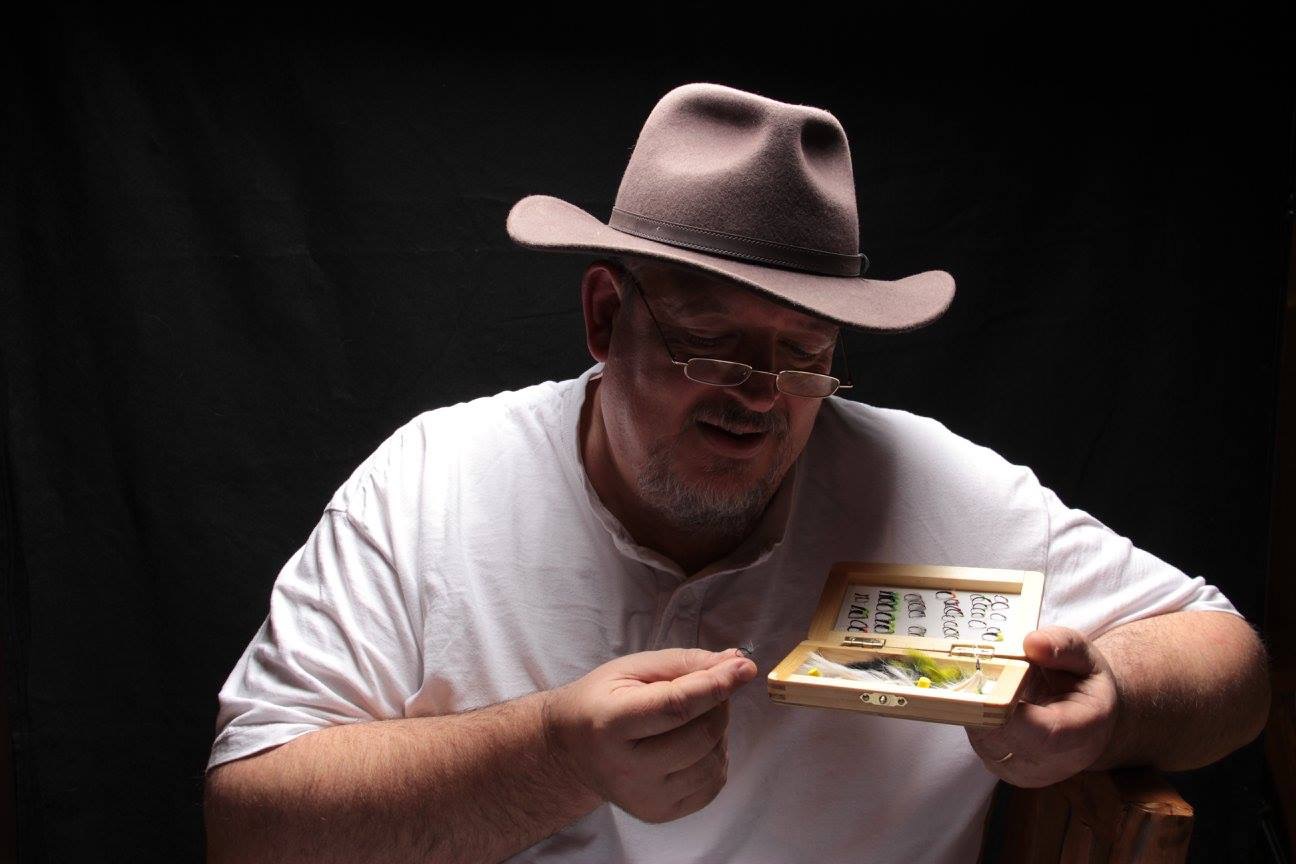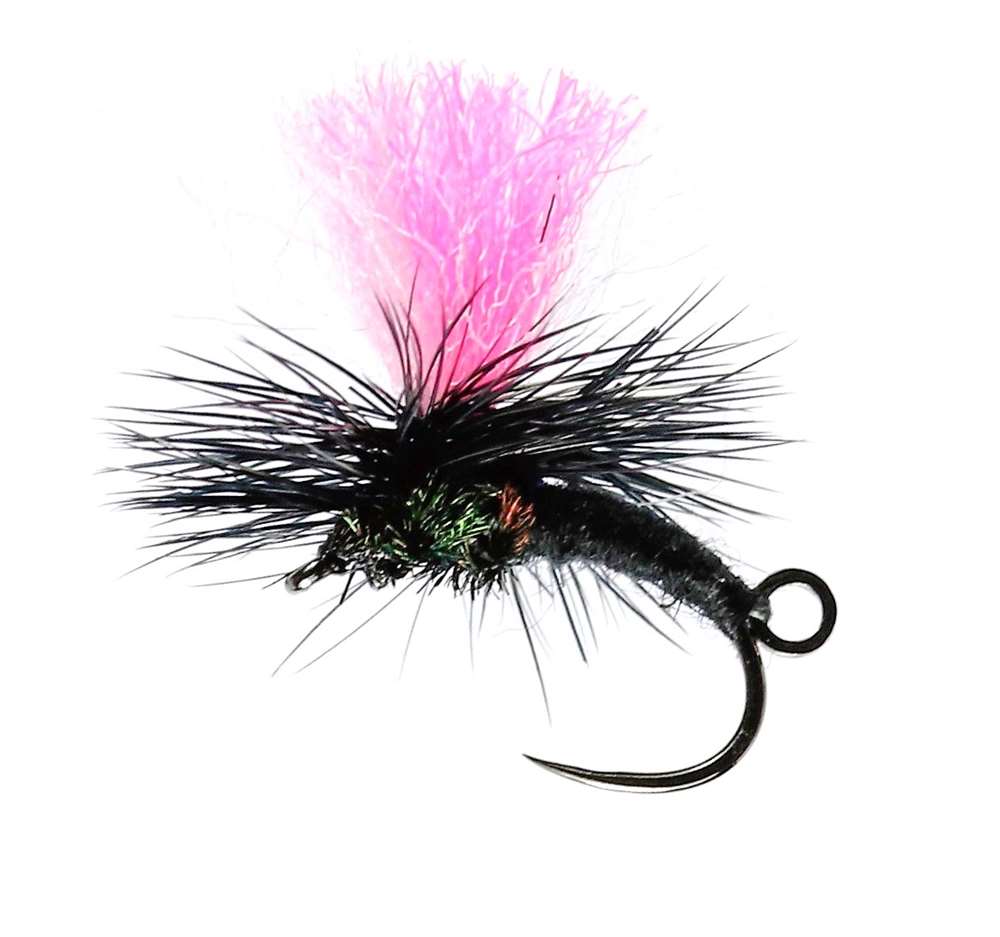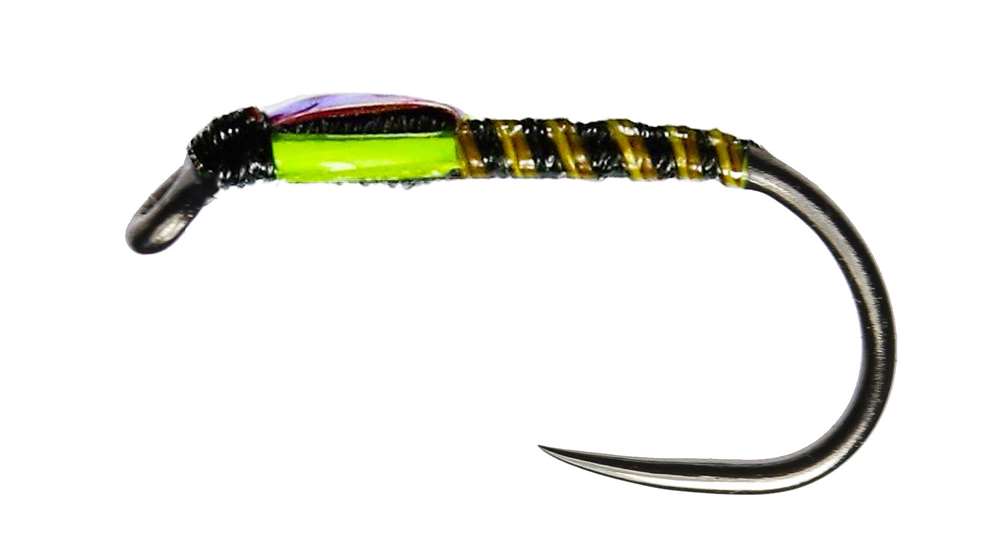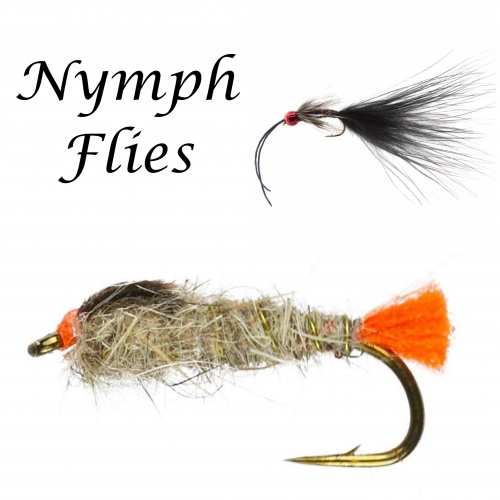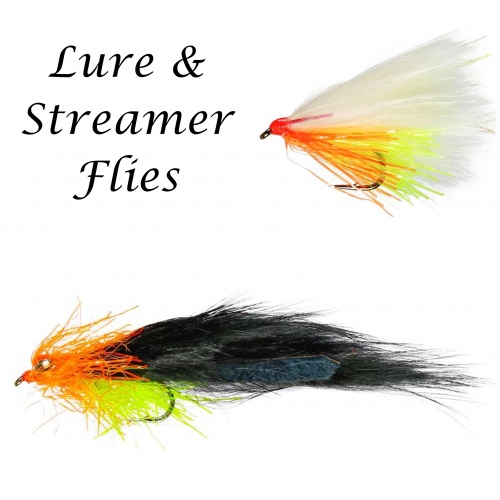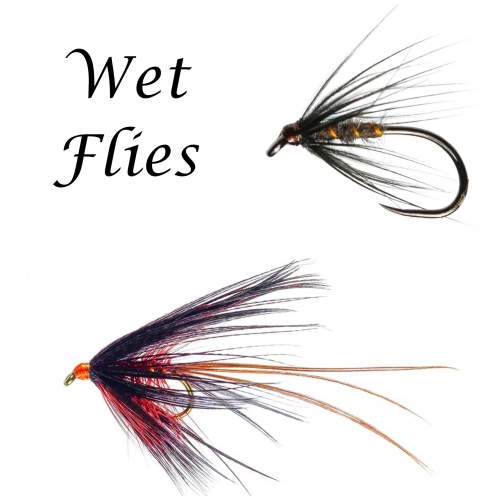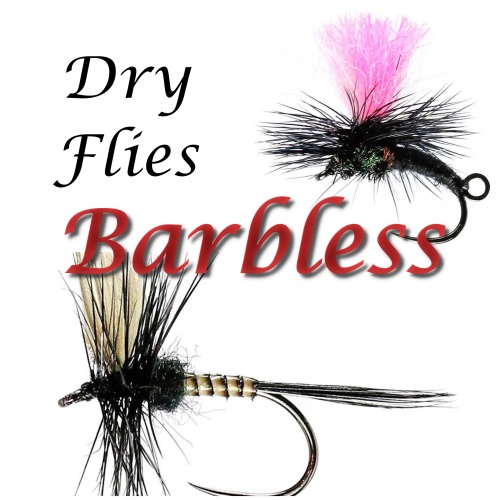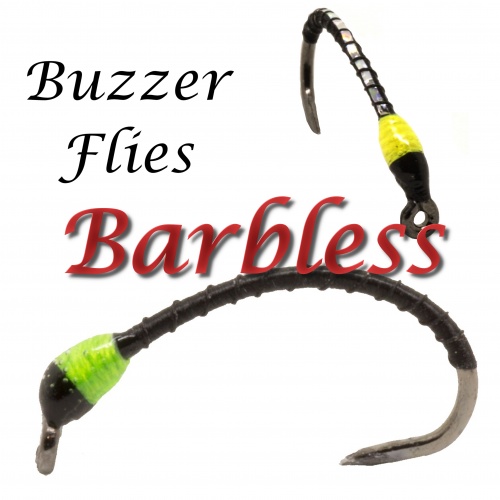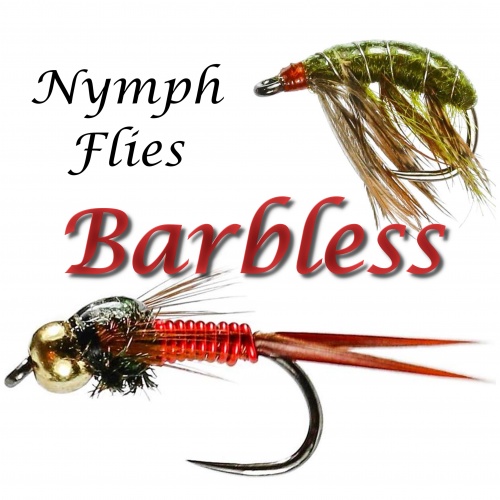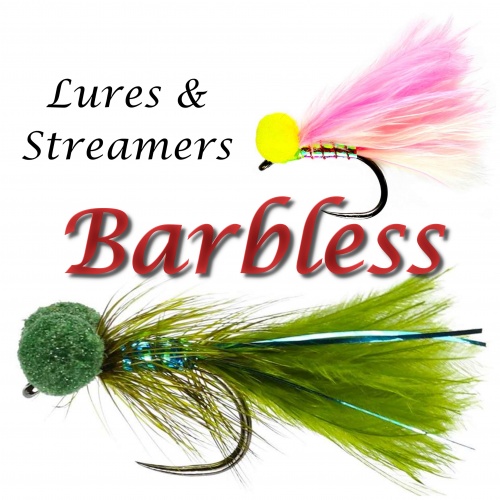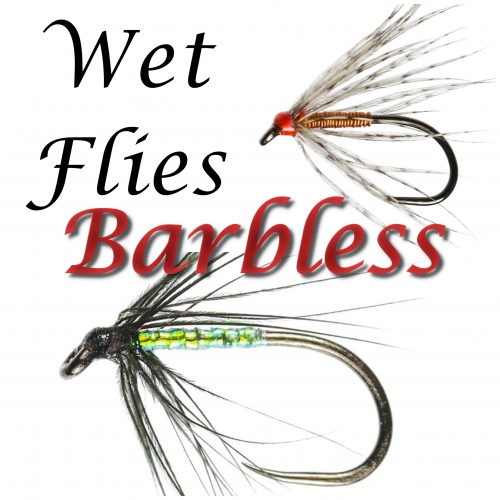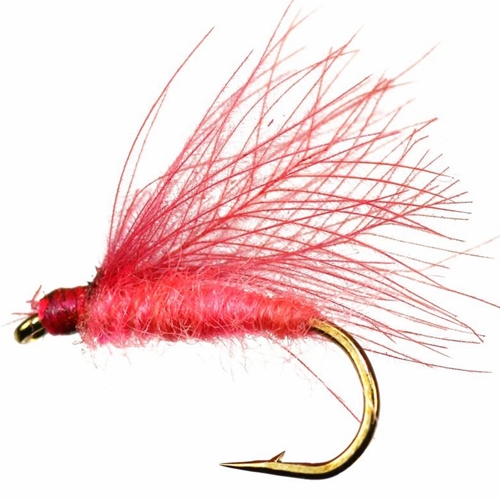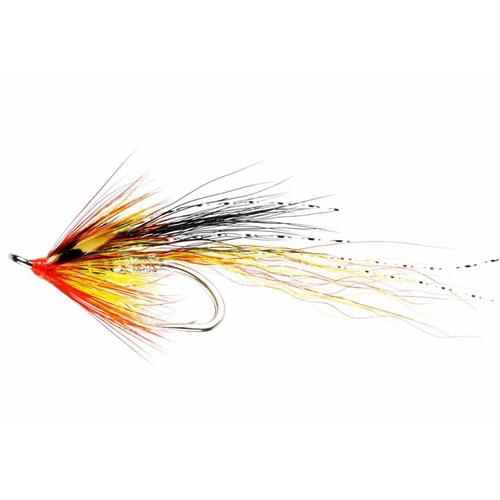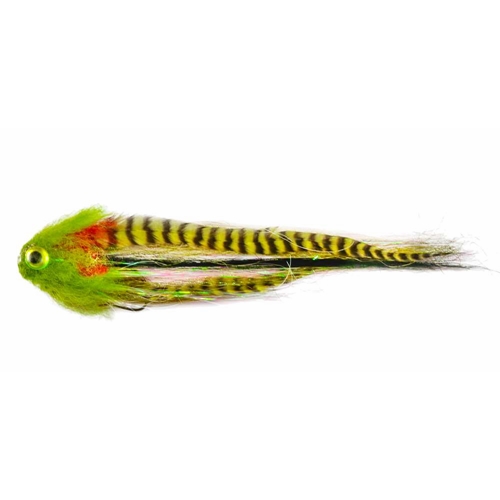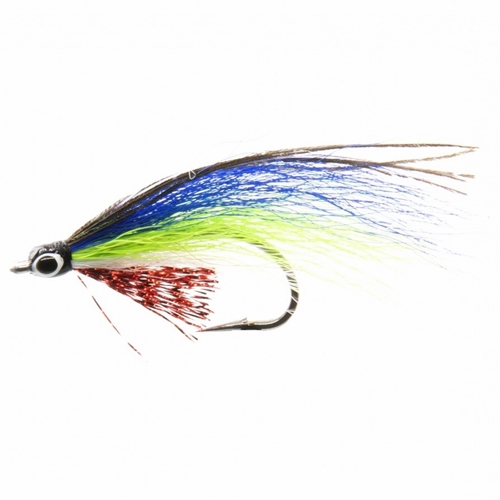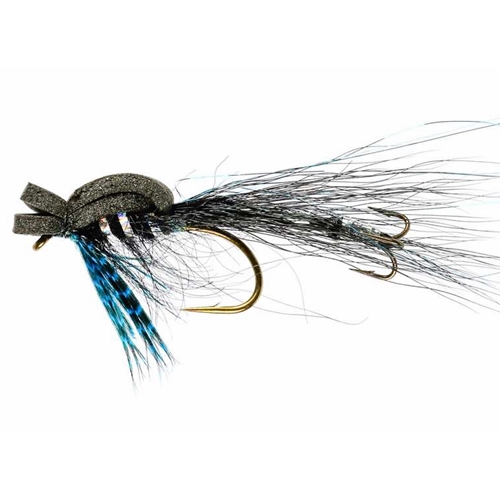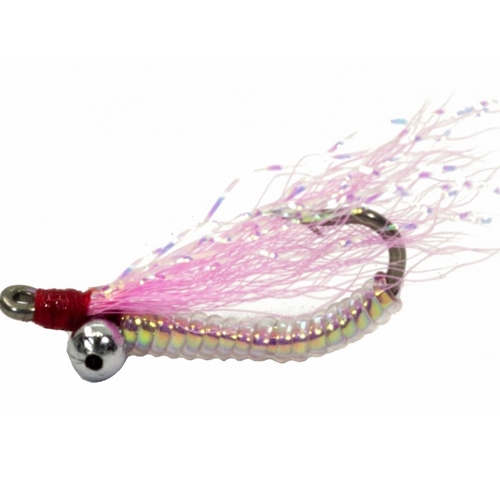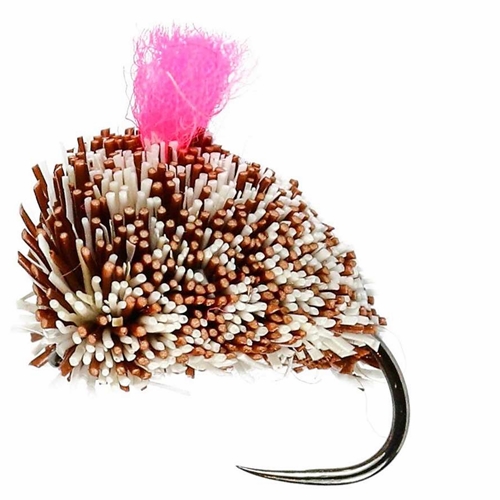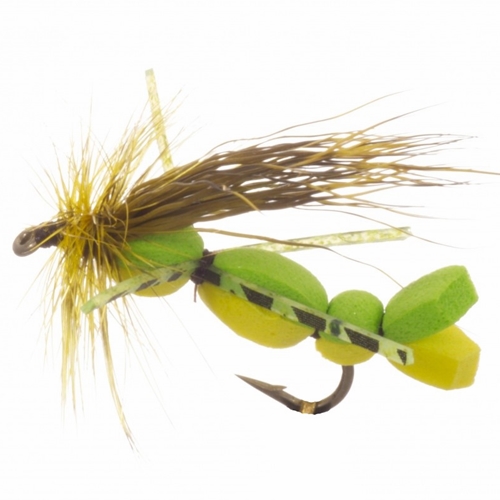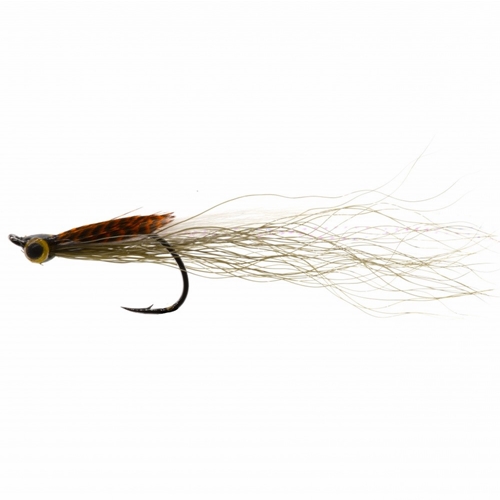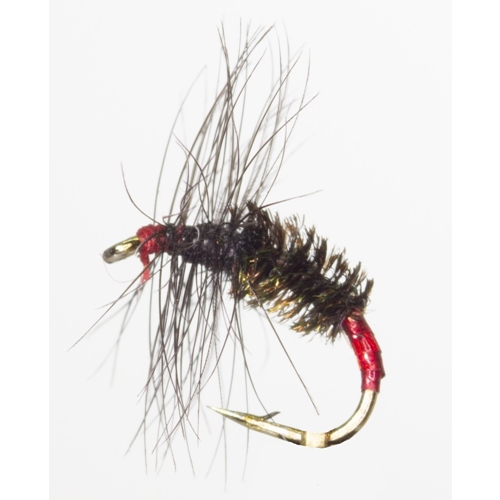 The development and wider use of trout fly lures is not new. It is believed that this form of trailing fly has a lineage easily as long, if not longer, than conventional patterns imitating insects. Alaskan Eskimos have for many years used lures made from polar bear hair, possibly for centuries. In whatever part of the world primitive peoples sought to catch fish with a hook, it is quite possible that an active fur or feathered lured could have been employed. One of the earliest, and simplest, methods was to use a plain streamer fly to catch mackerel.
The development and wider use of trout fly lures is not new. It is believed that this form of trailing fly has a lineage easily as long, if not longer, than conventional patterns imitating insects. Alaskan Eskimos have for many years used lures made from polar bear hair, possibly for centuries. In whatever part of the world primitive peoples sought to catch fish with a hook, it is quite possible that an active fur or feathered lured could have been employed. One of the earliest, and simplest, methods was to use a plain streamer fly to catch mackerel.
Today’s steamer or bucktail lure has its origins on the shores of the USA and to a pioneer of the American dry fly, Theodore Gordon. In the 1880s Gordon allegedly fished for pike with a large, streaming feathered fly. Later, around 1903, he published the dressing and named his unpredictable creation the Bumblepuppy. Many years before the man’s anything-but-dry fly, fishermen in the limestone loughs of Ireland sought large pike. They used very big flies tied with whole peacock eye feathers for the wing. These flies, however, were more akin to the salmon fly rather than the streamer fly devised by Theodore Gordon.
In future blogs we will bring you more interesting facts, useful information, and helpful tips about trout fly lures.
